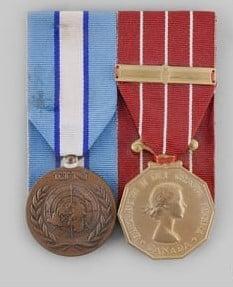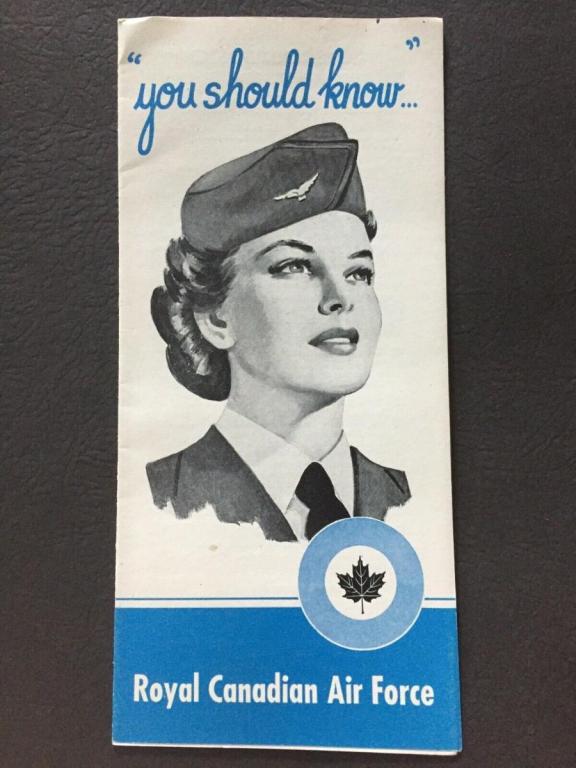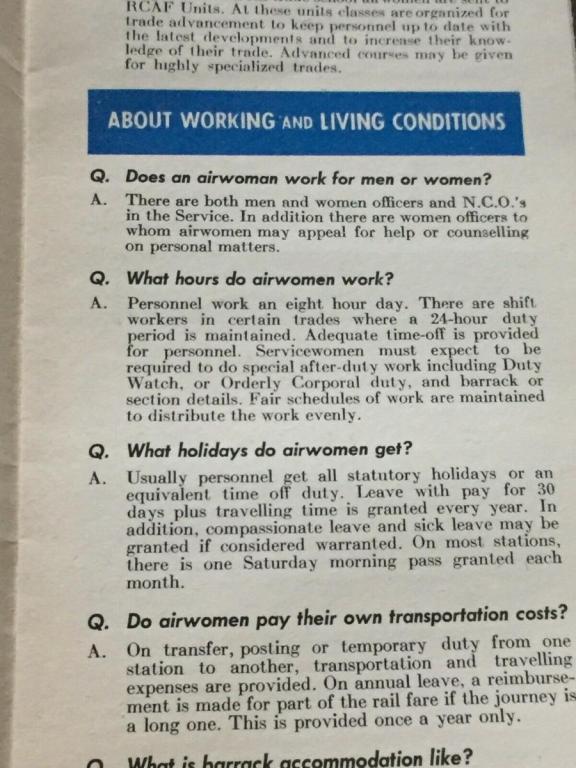-
Posts
1,784 -
Joined
-
Last visited
-
Days Won
3
Content Type
Profiles
Forums
Blogs
Gallery
Events
Store
Everything posted by Michael Johnson
-
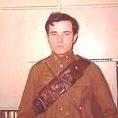
And he wonders just in passing, how he ended up this way
Michael Johnson commented on Michael Johnson's blog entry in Michael Johnson's Blog
Thank you, Justin. -

Speculative grouping for family member MPLF 1940
Michael Johnson replied to Michael Johnson's topic in France
Thank you Hendrik, I knew you would have the answers! I had missed that his First War service was also voluntary, as he was Class of 1917. Michael -
Brigadier-chef Alexandre Verzieux was my 1st cousin twice removed, born in 1897. He served in the First War, was wounded, and was awarded the Croix de Guerre. He volunteered in 1939, and was killed in May 1940, and awarded the Croix de Guerre and Medaille Militaire. I'm thinking of trying to re-assemble his group, to join those of Marcel Verzieux and his nephew Antonin Gautier. Obviously there is no way of knowing what medals he actually received, but I'm looking for thoughts on his entitlement. First War: Croix de Guerre, probably 1916, with silver star Victory Medal Commemorative medal Wound medal Croix de combattant Second War Medaille Militaire - gazetted 1947, so Fourth Republic version - one star replacing 1870 Croix de Guerre (awarded 1943 according to his matricule) Croix de combattant volontaire with Guerre 1939-45 clasp (although he wasn't around to claim this). Commemorative medal, clasp France. Any others? and what would the wearing order be? Thank you
-
I'd love to have my great-uncle Marcel's, which was awarded for Verdun. Sadly, it wasn't there after he died, although I did get his LdH, awarded on his retirement. His first Cousin, Brigadier-Chef Alexandre Verzieux was decorated with the CDG in both World Wars, serving with the Cuirasseurs. He was killed in May 1940, and posthumously awarded the Medaille Militaire in 1947. Michael
-
As more and more documents come online, I've discovered Alexandre's story: He was the son of Barthelemy Louis Verzieux, brother of my great-grandfather Barthelemy Claude Verzieux. He served in the 11th Cuirasseurs in the First War, was wounded, and awarded the Croix de Guerre. Although over 40, he served in the Second War with the 4th Cuirasseurs, eqipped with Somua and Hotchkisss tanks, and was awarded the Croix de Guerre 1939, being killed May 18, 1940. In 1947 he was posthumously awarded the Medaille Militaire.
-

France French Médaille d'Honneur des Chemins de Fer
Michael Johnson replied to Michael Johnson's topic in France
Charles Nebinger was mortally wounded on the job May 22, 1940, during the German invasion of France, at Montereau, Seine-et-Marne. Born in 1896, he probably had Great War service, either in the Army or with the railway (SNCF). From the May 31, 1940 L'Informateur de Sine-et--Marne: « Source gallica.bnf.fr / Bibliothèque nationale de France » ou « Source gallica.bnf.fr / BnF ». Michael -
PC Wyndham Hayter - 2/7th Royal Fusiliers and Metropolitan Police I regret no longer having this man's medals, purchased in the 1980s, which were a Second Afghan and an 1887 Met. Police Jubilee. The Afghan came with a Kandahar clasp, which was not supported by the roll, and Anthony Farrington's roll shows him "sick in Kandahar". On his release he joined the Metropolitan Police on June 18, 1883, being posted to W Division. He resigned November 28, 1896 with a gratuity, so missed getting the 1897 clasp to his medal. With the advent of the Internet, research is so much easier. Revisiting him, I discovered why he resigned. On November 11, 1896 Hayter was committed to what were then known as "lunatic asylums", and appears in the Lunacy Commission's Registers, which also record his death on August 4th, 1898. A sad story, but sadly not uncommon.
-

And he wonders just in passing, how he ended up this way
Michael Johnson commented on Michael Johnson's blog entry in Michael Johnson's Blog
Still no sign of the video, and since my last post my wife has lost two more aunts. -

And he wonders just in passing, how he ended up this way
Michael Johnson commented on Michael Johnson's blog entry in Michael Johnson's Blog
Well, I did get down to the Museum, and we did the video, but I still haven't seen the rushes yet. -
Perhaps the key is in the heading to the medal roll for Capt. Hutchesson's Company: "...who were present at the Battle of Waterloo or in the actions which immediately preceded it and are at present stationed with the Company." The roll is dated 30th May 1815. The good Captain would have had a good recollection of who was serving with him. The Battery did suffer one officer killed and six Gunners wounded.
-
If I had to hazard a guess, the die is meant to represent a Squadron number, but whether it is 11, 56, or 65 is beyond me. Probably 11 Sqn., as i don't see either of the others in the list of SAAF Squadrons: https://en.wikipedia.org/wiki/11_Squadron_SAAF It also fits, as the background looks like a map of Italy; 11 Sqn. served there September 1944 to August 1945. Michael
-
In his last album before his death, Canadian singer Stan Rogers sang a song about Lieutenant-Colonel John Macdonnell, who was Sir Isaac Brock's ADC at the Battle of Queenston Heights in 1812, and who died rallying the British Forces after Brock was killed. It contains the line: "So you know what it is to scale the heights/And fall just short of fame". Here is my falling just short of fame. One reason I have been away from the Forum is that I have been on medal-related Facebook pages. On one devoted to Canadian veterans, I found a Six Nations veteran who had purchased a UN Cyprus, CD combination to LCPL. G.S. Christmas. He knew that the surname Christmas was common in the Membertou Mi'Kmaw First Nation in Nova Scotia, so purchased it to return it to the family. He asked for help locating them. I consulted my Hugh Crawford CD roll, and discovered that he was SF103917, Canadian Provost Corps, awarded 1964. Ancestry turned up a George Christmas serving in the RCN in 1957 in Halifax, but shortly later serving with the Army. The SF indicated a Nova Scotia enlistment, so it looked like the premise that he was from Membertou was correct. I decided to cut the Gordian Knot by contacting someone I knew in Library and Archives Canada. He confirmed that the man was George Samuel Christmas, and, yes, he was both RCN and Army. Meanwhile I was contacted by the CBC's Halifax Indigenous Service, who had gotten wind of the story, and could I help identify him? Of course, it turned out that George Samuel Christmas was not Indigenous. His father was born in Lancashire. He was born in Ontario. Through Ancestry, I was ultimately able to make contact with the daughter, who was thrilled to get the medals back again. She confirmed that he had switched services as her mother didn't like him being away for long periods of time. He served on HMCS St. Laurent and HMCS Bonaventure (Canada's last aircraft carrier). But she was lukewarm on any publicity. Meanwhile, I forwarded her information to the veteran, and also contacted Kyle Scott, a Legion Service Officer about getting the Special Service Medal and Canadian Peacekeeping Medal that Christmas would have also qualified for. So I didn't get to become a CBC military history expert. But at least the medals are back where they belong.
-

How bad was your week? Baaaaaaaadddd.....!
Michael Johnson replied to Chris Boonzaier's topic in France
In the Canadian Forces they only put you through the disciplinary process if they think you're worth saving. A distinction that is probably lost on those who go through the process. Michael -

A very complete group indeed ... Legion Cavalry Afghanistan....
Michael Johnson replied to Chris Boonzaier's topic in France
I don't suppose it hurt that you are ex-Legion yourself. Michael -

The British and Their Tea
Michael Johnson commented on Brian Wolfe's blog entry in News From the Home Office.
George Macdonald Fraser describes tea as "The British Army's cure for anything except a stomach wound." Partial to Earl Grey, meself. Used to be a tea drinker until Law School, where we had no cafeteria, only vending machines. Awful as vending machine coffee is, their tea is worse. Michael -
One of my interests is the Cold War radar lines in Canada, especially the Pinetree Line. I picked up this Vehicle Safety Award issued to Canadian Forces Base Foymount (http://www.c-and-e-museum.org/Pinetreeline/site16.html) in 1968. A little while ago, I went on the above site, and looked at the photos. Under 1969, I found this one (I've crisped it up a bit). I'm pretty positive the framed scroll on the bottom right is my scroll. Although unification took place the year before (and Foymount held a funeral for the RCAF) they are still wearing their RCAF uniforms. l
-

New IGSM additions
Michael Johnson replied to cazack's topic in Great Britain: Orders, Gallantry, Campaign Medals
Back when Peter and I began collecting, they were easily the most affordable campaign medal. You could buy three clasp medals for under $100; singles sometimes $15. That's because they were regarded as unresearchable. Dealers would often just say "Native" in their lists. You may know this, but George was serving with 89th Battery, R.F.A. Michael -

And he wonders just in passing, how he ended up this way
Michael Johnson commented on Michael Johnson's blog entry in Michael Johnson's Blog
Now it looks like I may see my exhibition for the first time in 19 months. This year is the 65th Anniversary of the Suez Crisis, which culminated in Lester B. Pearson's invention of Peacekeeping, as opposed to Military Observers. So the Museum will record a video of me discussing this. -

Why Collect? - The Best Answer.
Michael Johnson commented on Brian Wolfe's blog entry in News From the Home Office.
I've never been able to stick to one theme. One of my latest is women in the military. For about ten years from 1952 to 1962, the RCAF actively recruited women to "man" the radar lines protecting against a Soviet attack. During the Second War, women of the Auxiliary Territorial Service were attached to Royal Artillery Anti-Aircraft Batteries, called Mixed Batteries. They did spotting and tracking, plus communications, while the Gunners loaded and fired.


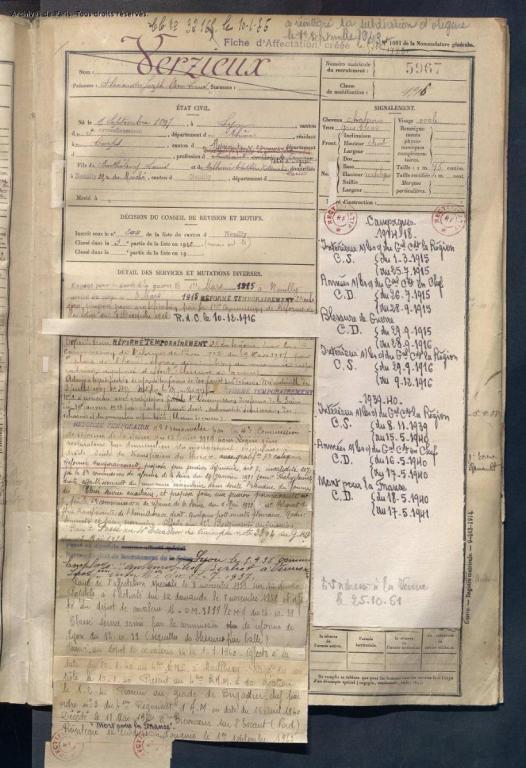
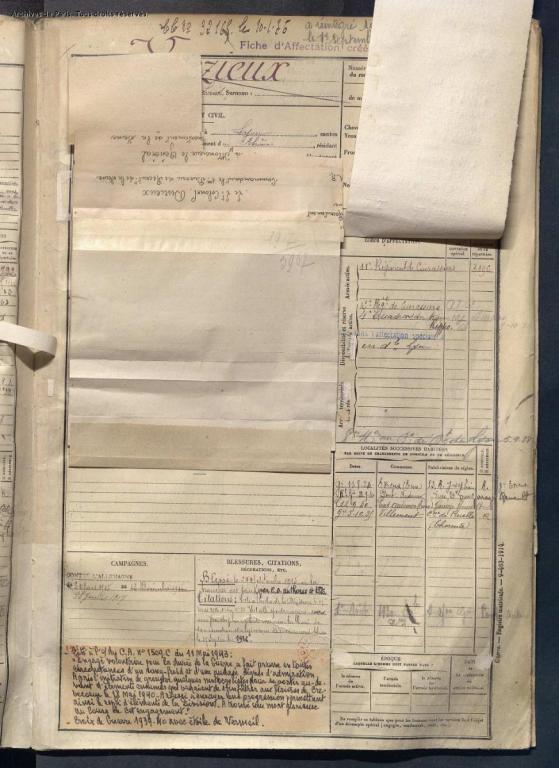
.thumb.jpg.5f3be8a8e7210c0158619b06729cfa3b.jpg)

